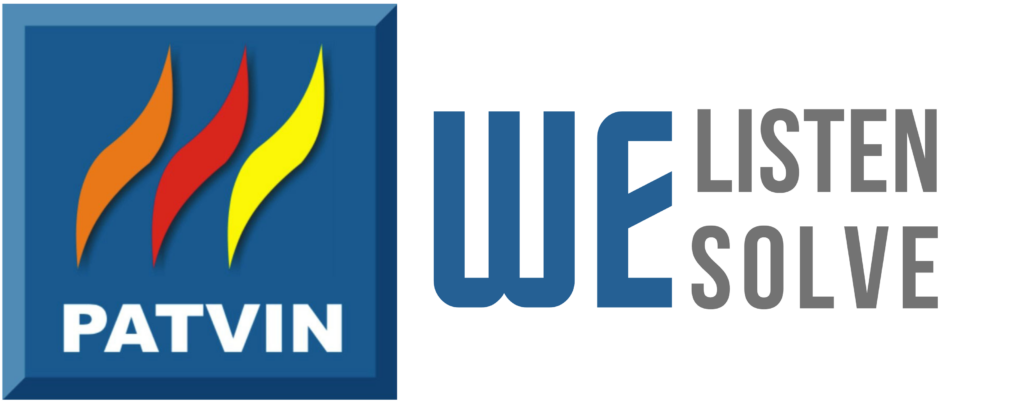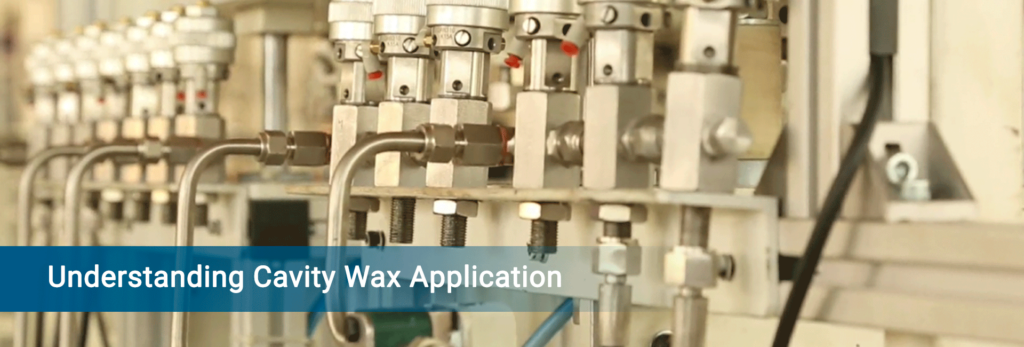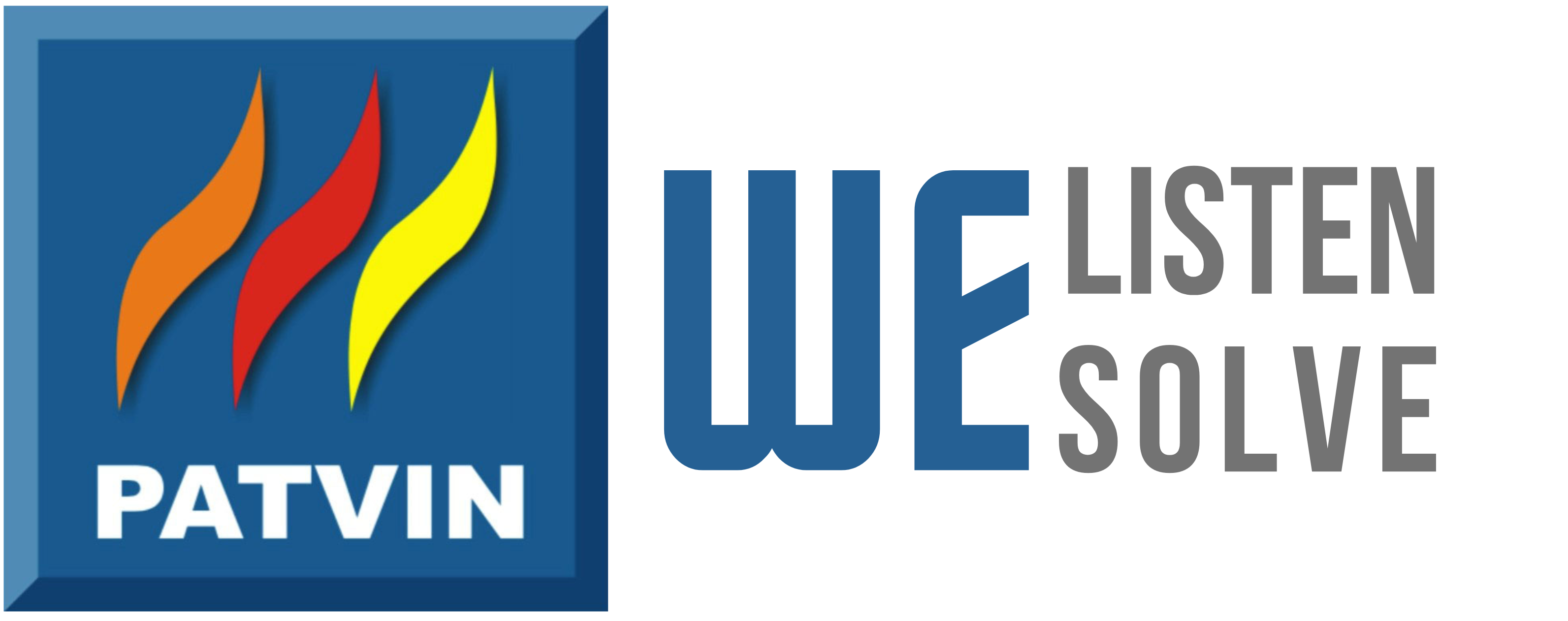In this blog, let’s learn in detail what is Cavity Wax Application!
In the automotive and manufacturing industry, the process of protective coating refers to cavity wax application. It protects against corrosion and rusting in hard-to-reach areas where cavities form quickly. Eg- inside doors, frame rails, space between vehicle panels, etc.
Using Liquid to aerosol form, an extra layer is applied to all the internal spaces. This layer of the cavity wax acts as a protective barrier protecting the metal surfaces from moisture, salt, and other corrosive elements that may lead to rust. It’s a must-do procedure for areas having harsh climatic conditions like humidity and road salt.
Cavity wax application is majorly used in the automotive and manufacturing industries. The process ensures products’ long life by reducing the chances of rust and corrosion in hard-to-reach areas.
Importance of Cavity Wax Application:
- Prevents corrosion – Helps in preventing rust and corrosion and acts as a protective barrier against moisture.
- Prevents Rust – The treated surface doesn’t allow rust formation increasing the lifespan.
- Increases Durability – Makes painted surface and metal components last longer.
- Promotes longer lifespan – Increased durability.
- Versatile application – Can be used across automotive, marine, aerospace, construction and other industries.
- Various application techniques – Can be applied using spray, brush, injection etc.
- Cost-effective – Reduced maintenance expenses and acts as a cost-effective solution to enhance longevity.
- Suitable to all environmental conditions – Works great for harsh and humid climates.
Common Applications:
- Automotive Manufacturing: Majorly used to protect the metal surfaces of vehicles. Common application areas are inside doors, frame rails, etc.
- Marine Applications: To prevent the metal components of boats, ships, and other areas prone to saltwater exposure, cavity wax application is a great solution to protect against rust/corrosion in challenging contains.
- Aerospace Industry: Products metal surfaces of aircraft components exposed to varying temperatures.
- Construction and Infrastructure: Helps protect metal elements of bridges and buildings.
- Industrial Equipment Manufacturing: Applied to machinery and industrial equipment enclosed spaces where moisture or harsh conditions may pose a threat to metal components.
- Electronics and Electrical Equipment: Protects electronic and electrical devices from corrosion.
- General Manufacturing: Used in various manufacturing processes especially in hard-to-reach or concealed areas during the production of diverse products.
- Rail Transportation: Applied on trains and rail infrastructure areas that are exposed to external elements, such as wheel wells and undercarriages.
In today’s world, the use of cavity wax is being adopted by many industries. The assurance of the long-lasting life of various machines is what makes them adaptable worldwide.
Application Techniques:
- Spray Application:
- Overview: In technique uses specially designed spray equipment to evenly coat metal surfaces with cavity wax.
- Method: The cavity wax is atomized into fine particles and sprayed onto the targeted surfaces.
- Benefits: Ensures thorough coverage, reaching concealed areas effectively.
- Best Practices: Maintain proper nozzle distance and pressure for uniform application. Periodically inspect and clean spray equipment to prevent clogs.
- Injection Methods:
- Overview: Involves injecting cavity wax into cavities or confined spaces using specialized equipment.
- Method: The cavity wax is pressurized and injected through designated access points.
- Benefits: Allows precise targeting of specific areas, ensuring comprehensive coverage.
- Best Practices: Identify optimal injection points based on the structure. Control injection pressure to avoid overfilling or gaps.
- Brushing:
- Overview: Manual application using brushes to coat surfaces with cavity wax.
- Method: Technicians apply the wax using brushes, ensuring it reaches all critical areas.
- Benefits: Ideal for detailed applications and areas where spray or injection methods may be challenging.
- Best Practices: Use high-quality brushes to ensure even application. Pay attention to coverage in seams and crevices.
- Combination Methods:
- Overview: Integrates multiple application techniques for comprehensive coverage.
- Method: Combines spray, injection, and brushing methods based on specific requirements.
- Benefits: Maximizes efficiency and adaptability for diverse application scenarios.
- Best Practices: Tailor the combination approach to the project’s needs. Sequence methods strategically for optimal results.
- Temperature Considerations:
- Overview: Considers ambient and material temperatures during application.
- Method: Adapts application techniques based on temperature conditions for better wax adhesion.
- Benefits: Enhances the effectiveness of cavity wax in different environmental conditions.
- Best Practices: Adjust application methods and wax viscosity based on temperature variations. Avoid extreme temperature conditions for application.
Understanding and implementing these application techniques, along with adhering to best practices, contribute to the successful and effective use of cavity wax for corrosion protection in various industries.
Technologies for Cavity Wax
The process of Cavity protection can be carried out manually, by using robots, or by statically with automated systems.
Manual System – Here the wax is applied manually using a gun by an operator. This gun has specially designed nozzles that suit the hole size.
Spray Gun – Here the spray gun is attached to a device that recognizes which nozzle to use and which hole to spray in. The operator must change nozzles for different access points. The nozzle design gives a well-distributed spray inside each cavity.
Robotic wax application systems – These are better than manual ones. With the advantages of less waste and better quality. However robotic systems can be very expensive and further need high maintenance.
Flooding – Used only on car bodies. In this method, heated flooding wax is pushed into the cavities of the car body with nozzles. The car body is then lifted and tilted, to allow the wax to further spread across the cavities. Excessive wax is collected in a tank for reuse. However, this method utilizes more amount of wax than other automated systems.
What to look for in a Cavity wax system?
- Optimum utilization of wax
- Faster Cycle time
- An economical system that would pay back faster
- Ease of maintenance
- Patvin’s solutions for Cavity wax application



